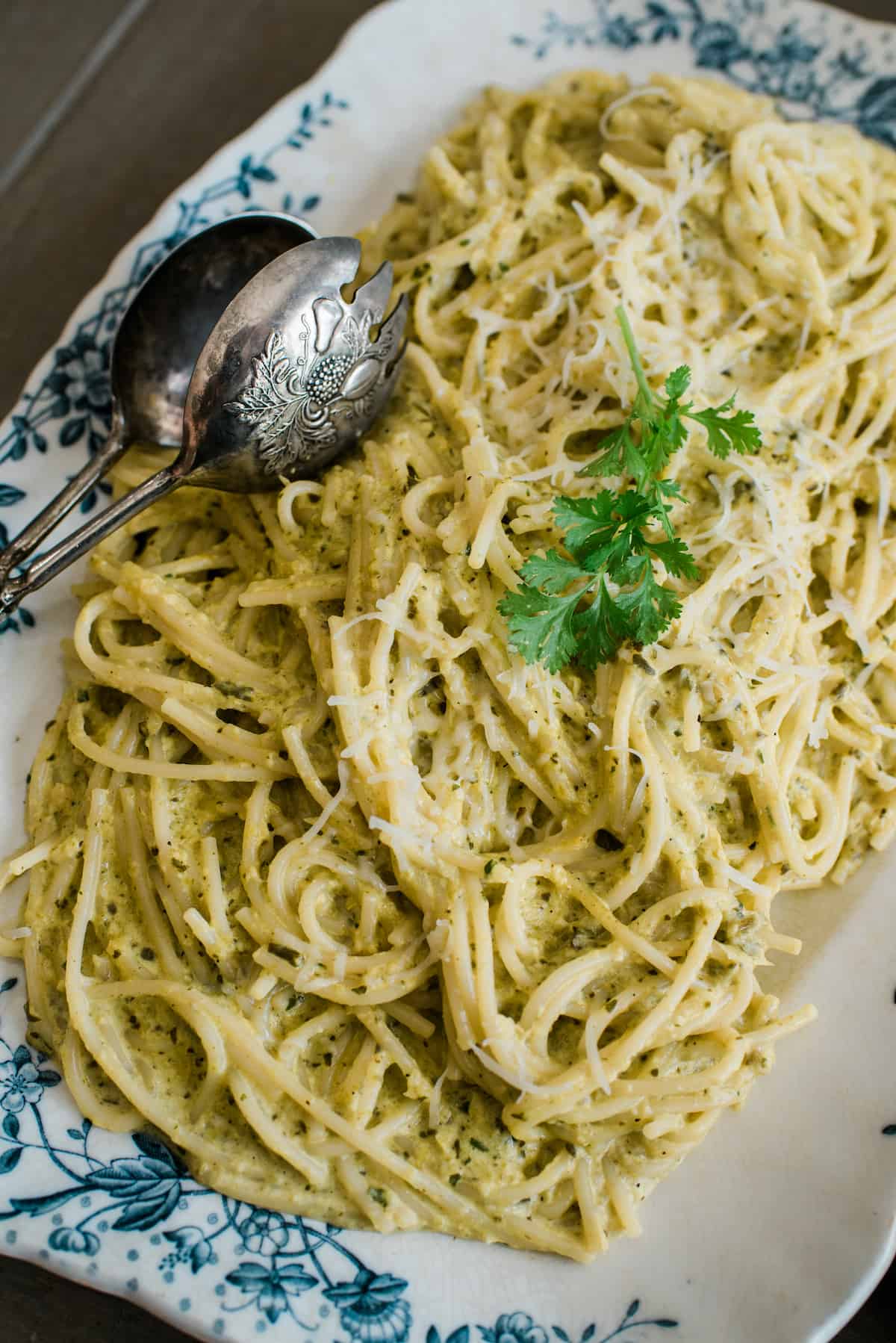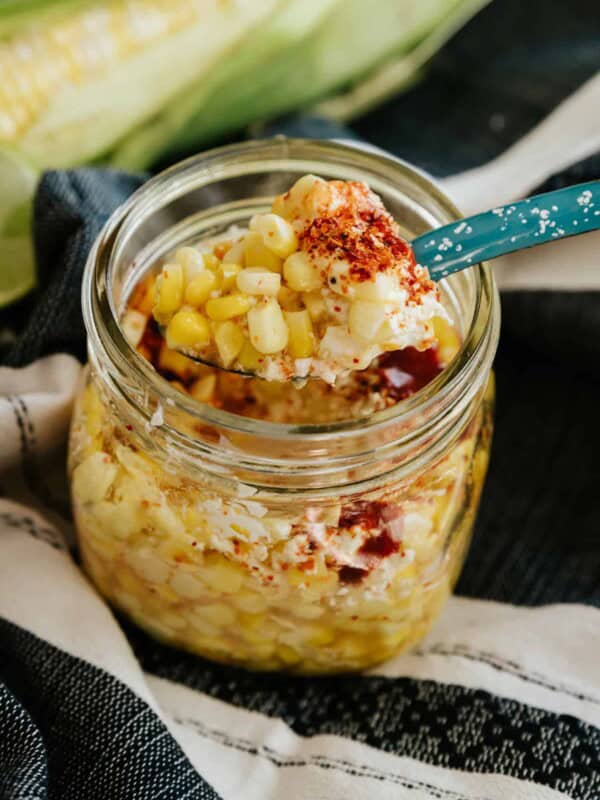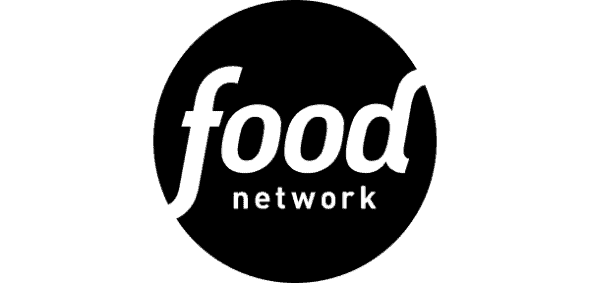Cotija Cheese: All About Queso Cotija
1
Updated Mar 13, 2025, Published May 04, 2022
This post may contain affiliate links. Please read our disclosure policy.
Salty, milky, and crumbly, Cotija Cheese is a staple in Mexican cooking. Perfect for finishing tacos, enchiladas, and elote (Mexican street corn), this delightfully firm cow’s milk cheese is often compared to feta when young and Parmesan when aged. If you haven’t tried using queso Cotija in your kitchen, this guide will inspire you to give it a try.

What Is Cotija Cheese?
Pronounced “co-TEE-ha,” Cotija is a white Mexican cow’s milk cheese named after Cotija de la Paz, a town in Michoacán where it was first made.
- Young Cotija has a soft, crumbly texture and a mild tang, similar to feta.
- Aged Cotija (añejo) is drier, firmer, and sharper, resembling Parmesan or Romano.
- It has a high salt content, which acts as a natural preservative.
- Unlike melting cheeses, Cotija softens when heated but does not fully melt.
Traditionally, Cotija is made seasonally in Mexico from raw milk during the rainy months (July to October), when cows graze on nutrient-rich grass. This results in a richer, creamier cheese. In the U.S., Cotija is produced year-round using modern techniques to meet demand.

What Does Cotija Cheese Taste Like?
Cotija cheese is boldly salty, tangy, and slightly tart. Its flavor varies depending on its age:
- Fresh Cotija is mild, crumbly, and slightly acidic, like feta.
- Aged Cotija is firmer, more complex, and intensely salty, similar to Parmesan.
Because of its high salt content, Cotija is rarely eaten on its own but is instead used as a finishing cheese.
Cotija vs. Queso Fresco
Though both are Mexican cow’s milk cheeses, they differ in texture, flavor, and use:
Queso Fresco – Soft, mild, and crumbly, ideal for fresh applications like salads or stuffing chiles.
Cotija – Firm, salty, and does not melt. Aged Cotija can be grated like Parmesan.
How to Use Cotija Cheese
Cotija is best used as a finishing cheese, adding a salty, tangy bite to dishes like:
- Mexican taco recipes, authentic Mexican enchiladas, and chicken tinga tostadas
- Elote (Mexican street corn) and Esquites (Mexican street corn salad)
- Chicken pozole verde, tortilla soup, and other soups
- Refried beans, chiles rellenos, and tamales
- Mexican salads and roasted vegetables
Since Cotija doesn’t melt, it’s great for crumbling over hot or cold dishes. It also has an adhesive quality, making it perfect for coating elote and esquites.

Cotija Cheese Substitutes
If you can’t find Cotija, try these alternatives:
- Queso Fresco – Similar texture but milder and less salty.
- Feta – The best non-Mexican substitute for fresh Cotija.
- Goat Cheese Crumbles – Offers a similar tang but is softer.
- Parmesan or Romano – Great substitutes for aged Cotija in terms of texture and saltiness.
Cotija cheese is a delicious, versatile ingredient that adds authentic Mexican flavor to countless dishes. Try it as a topping, and you’ll see why it’s a beloved staple!

Storage Instructions
Refrigerator: Fresh, young Cotija can last up to a month when stored properly in the fridge. Aged Cotija has a longer shelf life and can last up to 3 months.
Freezer: Cotija cheese can be frozen for longer storage. Wrap it tightly in cheese paper, parchment, or wax paper, then wrap it again in plastic to prevent freezer burn.
When stored properly, Cotija can be frozen for up to 6 months. For best results, thaw in the refrigerator before using.
Frequently Asked Questions
Cotija cheese is often compared to Parmesan and Feta because of its crumbly texture and salty flavor. Aged Cotija has a firmer texture, similar to Parmesan or Pecorino Romano, while fresh Cotija is softer and more like Feta or Queso Fresco.
Cotija cheese is perfect for sprinkling over dishes to add a salty, tangy kick. It’s commonly used on elote (Mexican street corn), Mexican taco recipes, authentic Mexican enchiladas, chicken tinga tostadas, and salads. It also works well as a topping for soups like chicken pozole verde or tortilla soup and even sprinkled over Espagueti Verde (Mexican Green Spaghetti) or chilaquiles verdes.
No, Cotija and Parmesan share some similarities, such as their salty, umami-rich taste and ability to be grated, but they are different cheeses. Parmesan is aged longer, giving it a nuttier and drier texture, while Cotija is typically saltier and does not melt like Parmesan does.
No, Cotija and Queso Fresco are different cheeses. Queso Fresco is softer, milder, and more crumbly, while Cotija is saltier and firmer. Aged Cotija has a texture closer to hard cheeses like Parmesan, whereas Queso Fresco stays fresh and soft. Their consistencies are quite similar, though, and the two are generally the most prevalent in American grocery stores, so they are often used interchangeably.
Salty, milky, and slightly funky. Young cotija is softer with a slightly more mild flavor akin to feta, while aged cotija is harder, drier, and tastes more like parmesan.
No, Cotija cheese does not melt. Unlike cheeses such as Oaxaca or Monterey Jack, Cotija retains its firm, crumbly texture when heated. However, it does soften slightly under heat, making it perfect for sprinkling over hot dishes like tacos, enchiladas, and soups.
If you’re looking for a Mexican melting cheese, try Queso Oaxaca, Queso Asadero, or Chihuahua cheese instead.
Nowadays, queso cotija is available at most American supermarkets like Kroger, Trader Joe’s, Walmart, and Target. If you are unable to find it at your local grocery, try hitting a Mexican supermercado or international market. Or purchase Cotija Cheese online via Amazon.
Mexican Recipes Using Cotija Queso
Did you find this post on Cotija Cheese useful? Or do you have any more questions about it? If so, let me know in the comments below!
Photos by Jenna Sparks

















I love your attention to everything Mexican cooking! Your explanations are always thorough and your love of Mexican cooking and culture comes through with passion. Thank you!